|
I would like to expand the size range for my bras/bralettes going forward, and to do that I need your help! I need more size data to increase my size range and also improve the fit of my current sizes.
If you would like to help, please fill out the sizing survey. All answers will be anonymous, and only viewed by me. I need only 10 measurements and your underwire size. This survey is for open to all sizes; every bit of data helps me! Thanks so much for participating.
0 Comments
Yesterday I finished sewing my second Barrett Bralette, a free pattern from Madalynne. Before I share my newest project with you, I wanted to share my first Barrett Bralette and how I altered the pattern to fit me. It seems like this sort of bralette only works well on small cup sizes, so when this pattern was published I was anxious to see how it worked on women with small rib cages and larger cup sizes. On Instagram I saw Barrett Bralettes on a wide variety of figures, and realized I had two options for altering the pattern to work for me. For reference, my underbust measurement is 31.5" and my full bust measurement is 37". I usually wear a 32D in my handmade bras. Options for altering the pattern: 1. Use a large cup size and pair it with a small band. 2. Use a small size appropriate to fit my underbust measurement and increase the projection. I decided to go for #2, since most of my fullness is in the lower cup, and I prefer not to have a lot of fabric in the upper cup going towards my armpit. According to the pattern directions my underbust measurement would have technically put me in an x-small, but I decided that would probably be too tight and cut a size small instead. At the apex (fullest part of the bust) I added 3/8"on both the center front and side cup pieces and gradually blended back to the size small. Why 3/8"? To be honest, it was just an educated guess and luckily it worked for me. I cut my project from cotton/lycra jersey and lined it with stretch mesh. I planned to use this bralette as a sort of sports bra, but I don't do very vigorous exercise so a super supportive bra was not necessary for me. One of the changes I decided to make was to use 1" elastic as both the straps and the entire back band. Why elastic only? Well, there's a story to tell and I'll get to that once I finish showing you my bralette. I used the back band pattern piece as a guide and cut three lengths of elastic. I basted them to the edge of the side cups, then topstitched down the entire seam. To secure the straps to the back elastics, I sewed a zigzag box over all the crossing points. I'm quite happy with the fit and feel that it gives me a good amount of support for a bralette. I think using a strechy-but-firm knit fabric really helps to provide support, and so does adding a mesh lining. I like to show the guts of my bra makes, even if they are a bit messy. Please excuse any wonky stitching. Now.. why did I use so much 1" wide black elastic? Because I have lots of it. Lots and lots of it. My husband spent all of 2016 stationed in South Korea, about 20 minutes from Seoul. He is a brave and adventurous type (and also has a degree in anthropology), so on his days off he'd hop on the subway, pick a random exit, and just explore the surrounding area. One day, he happened to stumble upon Dondaemun, Seoul's fabric market. Seven floors of fabric, trims, and commercial embroidery and sewing. He was amazed by all the vendors and wanted to get something for me. At that time I was beginning my bra-making journey, so I sent him swatches of the plush back elastics and straps that I was looking for. While I am blessed to have a husband that is eager to do nice things for me, he doesn't quite have the eye to pick out things that match the samples I give him. He found a vendor selling this black elastic and thought he had hit the jackpot. The vendor did not speak English, but through a few Korean words and gestures, Aaron thought he communicated that he would like five yards of elastic. The man nodded and began unrolling the elastic and measuring. And measuring and measuring, and unrolling and unrolling. Aaron became alarmed when the pile of elastic grew bigger and bigger and quickly looked up the Korean word for five (daseos) and waved his five fingers. The man nodded his head and just kept measuring. Aaron's friend said "Dude... I think you're getting that whole roll." Sure enough, that is what happened. The man shoved all the elastic into a grocery bag and wrote up the bill... which, translated into American dollars was a grand total of $15. Hah! Quite a good deal. While not plush back elastic, it is quite soft against the skin, and not overly firm like packaged elastic. So I am happy to use it in sports bras and waistbands. I put my bralette on my form to check the strap placement and realized that with my latest pair of briefs (from the pattern I am developing, stay tuned!) I had inadvertently created a matching set.
Have you tried the Barrett bralette? What do you think of the fit? Also, have you been to any of the amazing fabric markets around the world? Have you found any good fabric and trim deals? It happened again. I watched my husband sigh and hang several shirts back on the rack at Kohls. "Not even close. They're all slim cut." I understood his disappointment. I don't even bother trying on dresses anymore, because I already know they won't fit me properly. After working in the fashion industry, I've come to learn that most RTW clothing doesn't fit me properly because my shape is different from the elusive 'standard measurements' and that is fine. I would say one of the main reasons I sew my own clothes is because I'm tired of store-bought clothes not fitting properly. Too tight in the waist, to narrow across the shoulders, a whole handful of fabric gaping open in the back waistband.
Still it is sad to watch someone you love feel the familiar pang of body image issues when they can't find clothes that fit. They think there is something more wrong with them, instead of the clothes. I've made my husband a few shirts over the years, but I became a little more determined about it when the 'slim cut' dress shirts became all you could find in department stores. For someone shaped rather like Gaston from the Beauty and the Beast cartoon, a big barrel chest just won't fit in a narrow shirt, and buying three sizes too big just results in baggy sleeves and a drooping collar. Last October I took my husbands measurements and began working on a sloper. The fitting process was a bit slow because there were a lot of fitting issues, and my husband was a very reluctant fit model. Every time I would mumble about too much fabric here, drag lines there, he'd feel embarrassed and blame it all on 'being fat'. Even though he has lost quite a bit of weight over the years to get healthy, he still doesn't see it in the mirror. No matter how much I assure him that, no, you are not fat and I love you exactly as you are, he still feels the same. There probably isn't much I can do to help that, other than continuing to be supportive and reassuring. Maybe most of us don't even really think about the emotional impact our clothes can have on us. I feel great when I wear something I've made that fits well and is in some bright and happy colors. But the opposite happens too; I can feel lousy when the pants that fit a few months ago won't even zip up, or I pop open a button on my shirt. Recently in the online sewing community there has been a lot of discussion on inclusiveness in pattern sizing. I read the comments with a lot of interest because I am in the planning stages of developing some patterns and pretty soon I will need to work on my sizing charts. Over the years I have heard all the usual arguments about why most patterns don't go past size 16, and I guess I never really thought about how disappointing it must be for people who, over and over, are left out of the size range. I recently sewed some panties from two different well-known designers, and when I was looking at the size charts I was shocked to see I needed to make the second-largest size. I wondered how many people had found these patterns and started to get excited about making them, only to realize that it wasn't available in their size. As a designer it would be easier for me to have just one block and grade a few sizes up and down and call it a day, but is that really beneficial for the sewing community? Do we need yet another sewing pattern only in sizes 2-16? I sew because I want clothes that fit correctly, which I'm sure is one of the main reasons many of us sew. But what would I do as a sewist, if there just weren't many options in my size? I decided I'm going to develop as broad of a size range as I can manage, because we all deserve to have options. We all deserve to have clothes that fit. It will cost me more, both in time and money, but I hope in the long run the effort will be worth it. I am hoping that you will join me on this journey, and help me develop the best patterns I can. All sewists are welcome here. All sizes, shapes and colors. I want this place (and my social media pages) to be positive, supportive places for all makers to share their creations and love of sewing. Happy Sewing |
CassieI design lingerie sewing patterns for everyday comfort and feminine style in an inclusive size range. Fill up your underwear drawer with beautiful custom-made bras and panties in your favorite fabrics and trims, designed to fit your body. Categories
All
Archives
March 2024
|

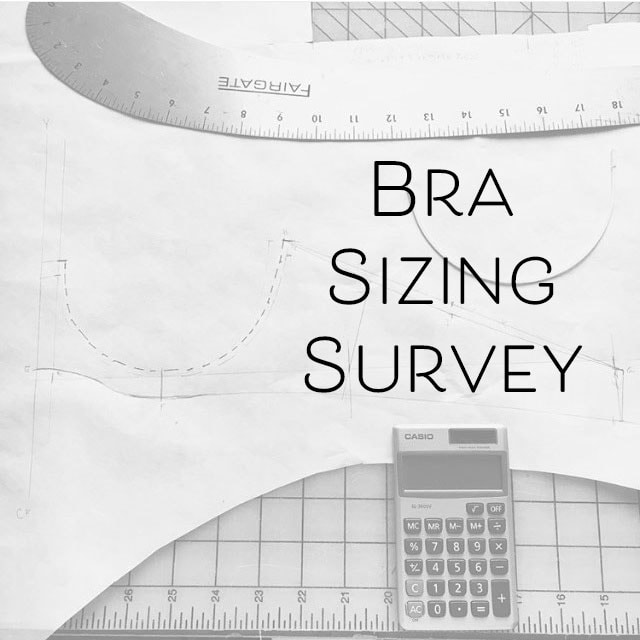
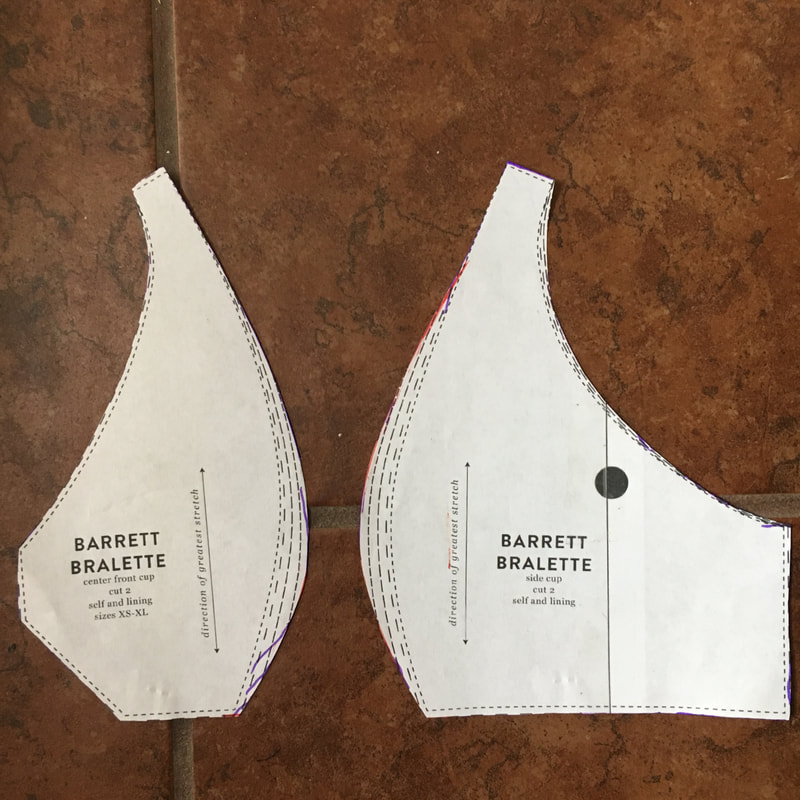
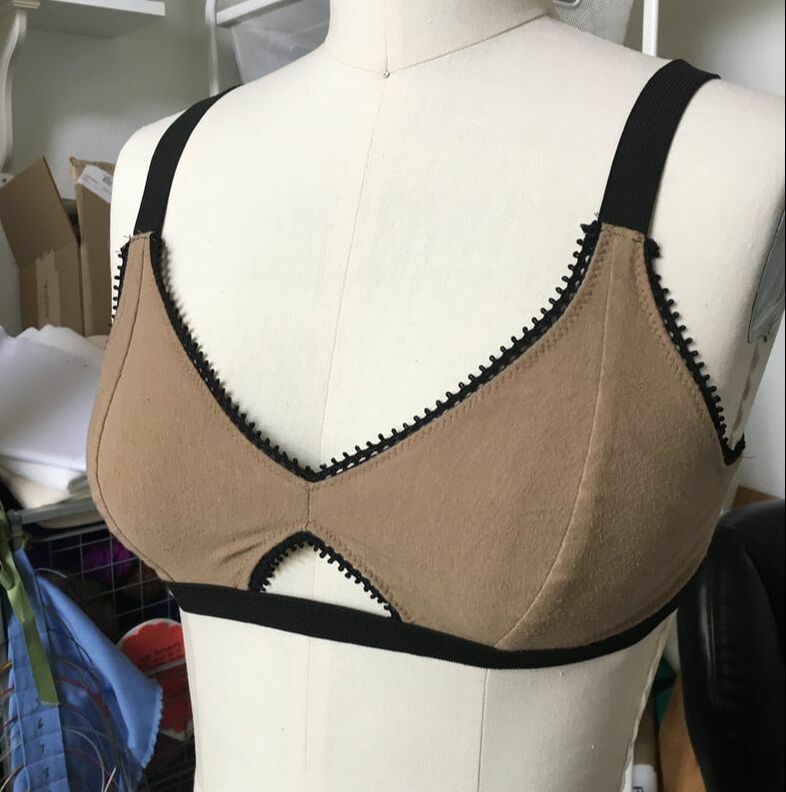
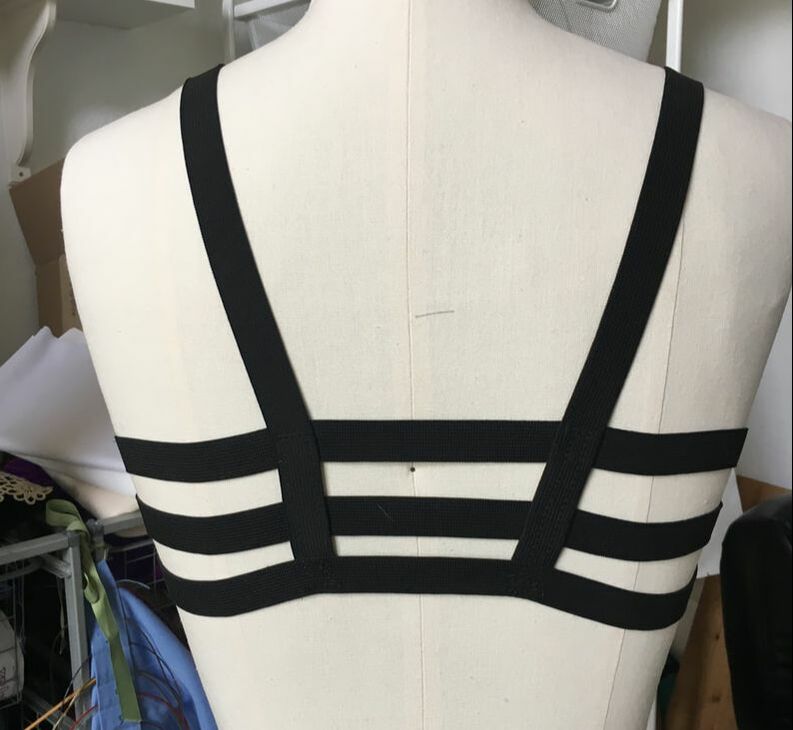
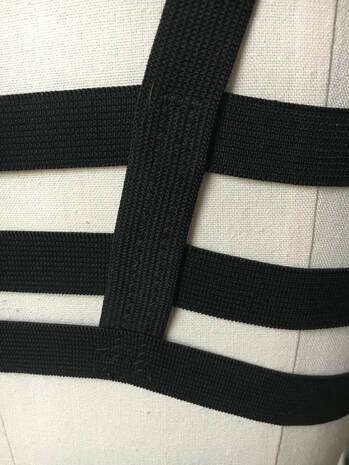
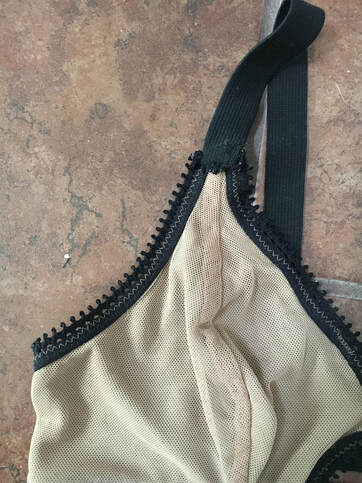
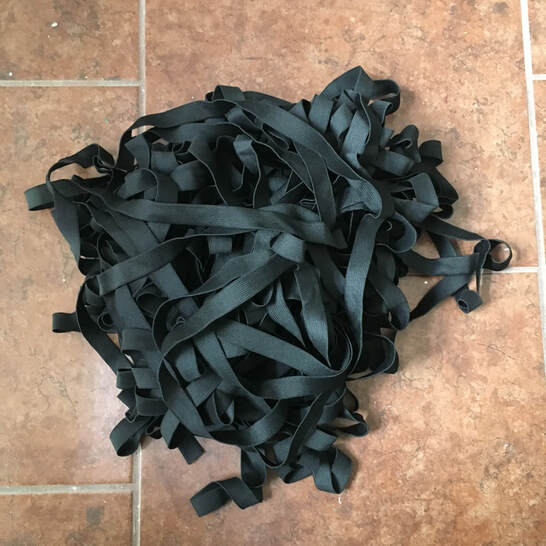
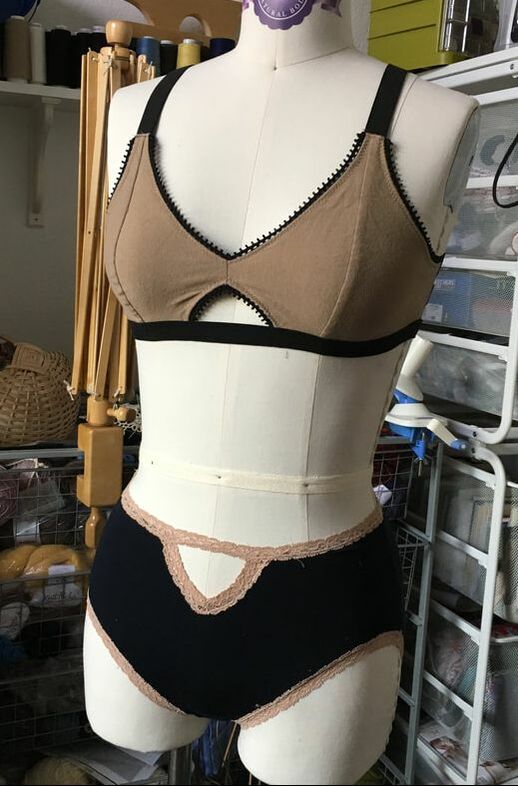
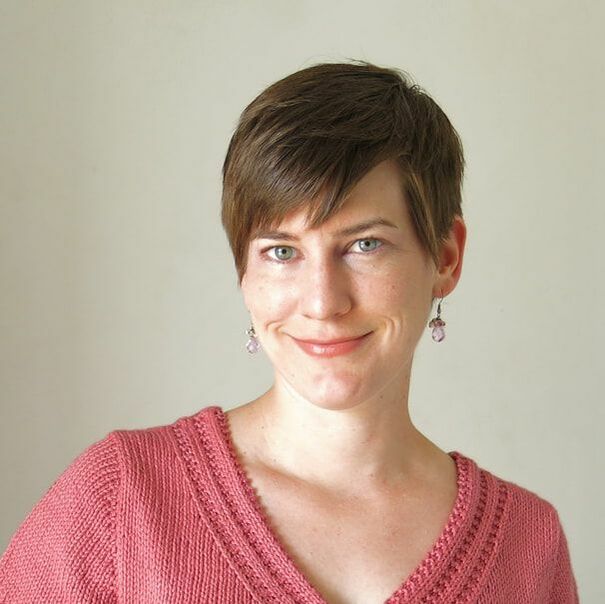
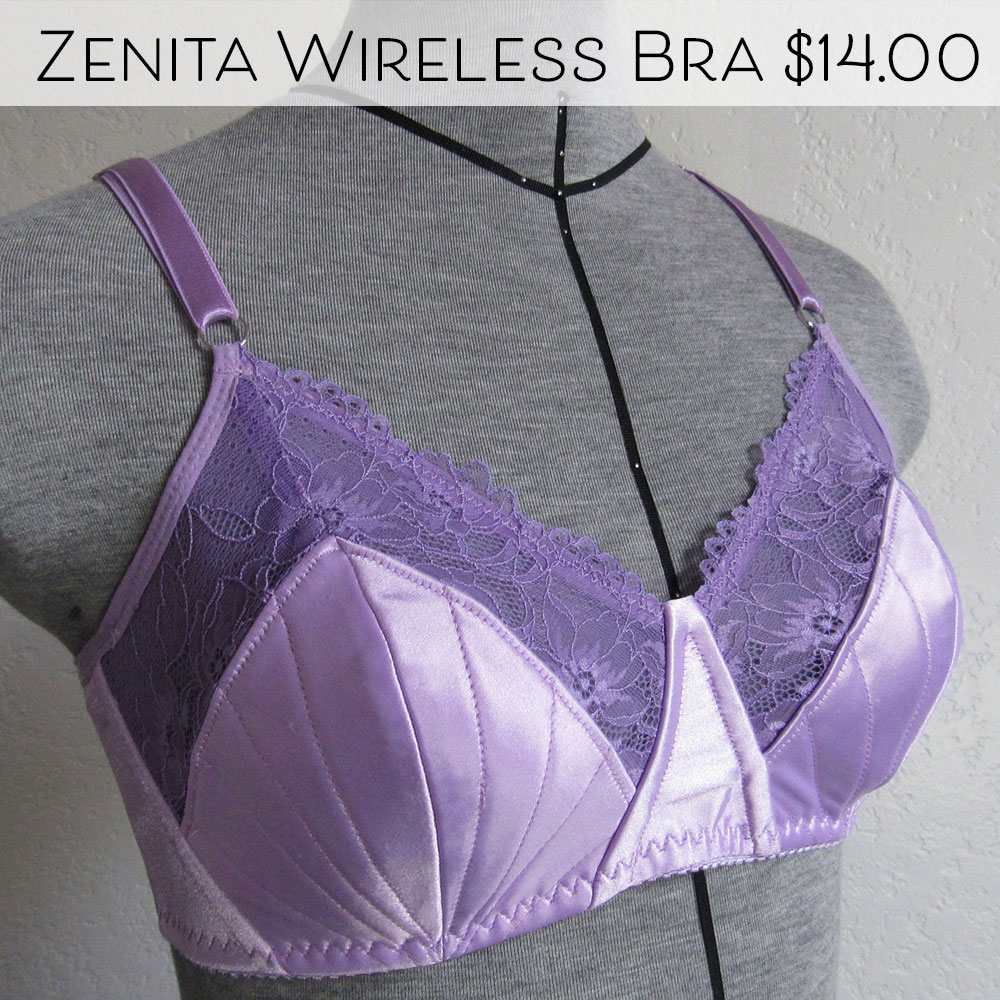
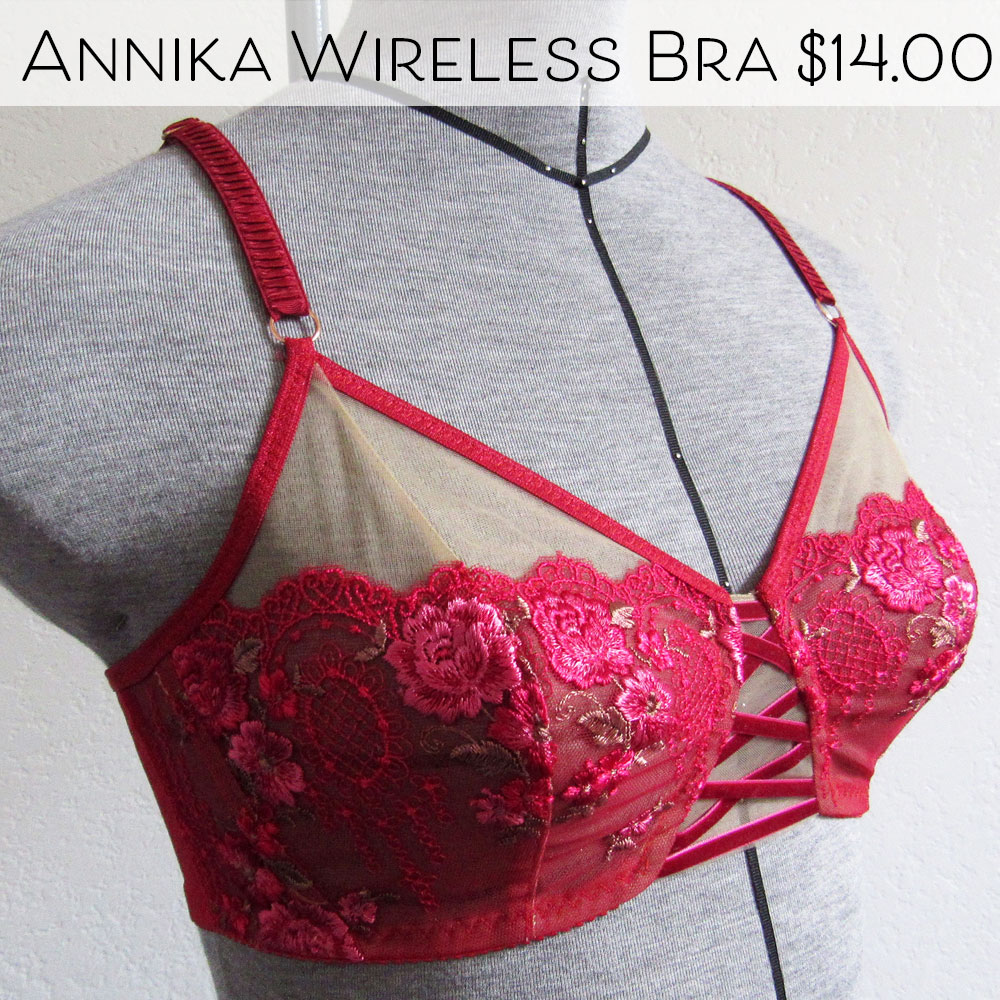
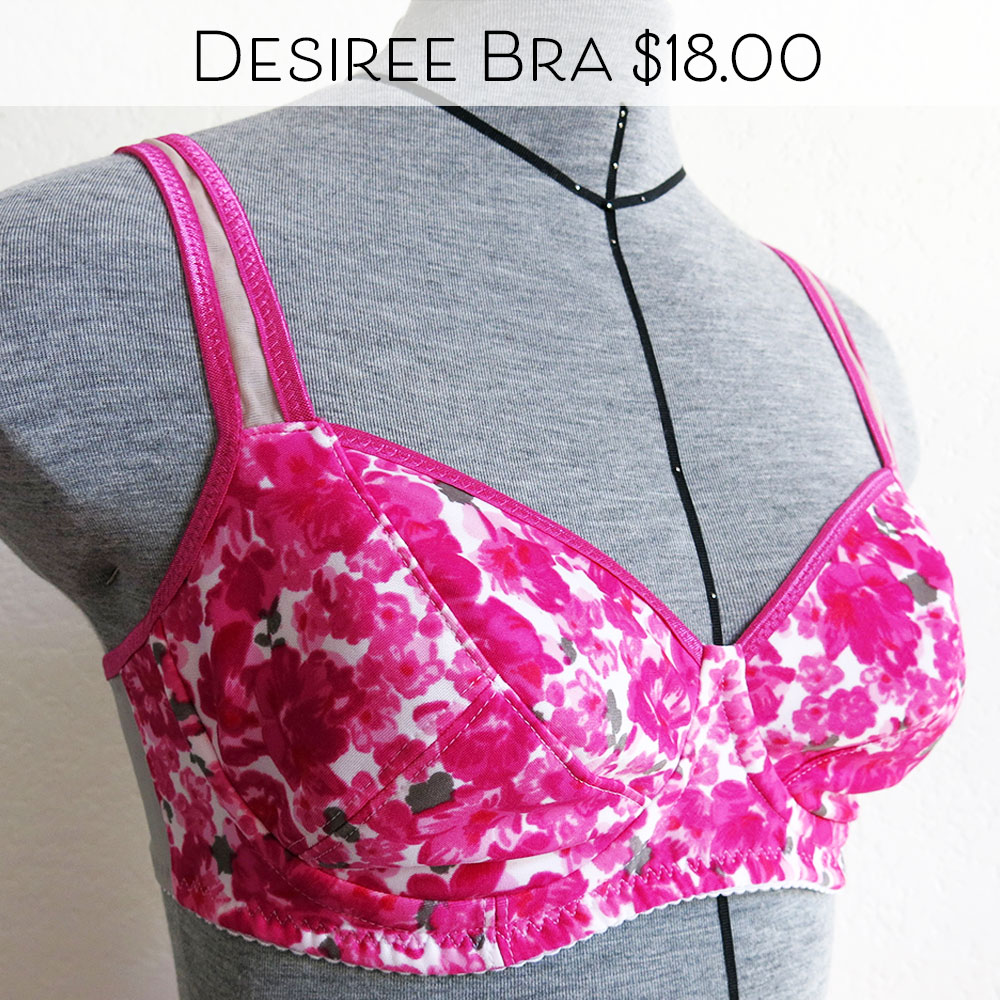
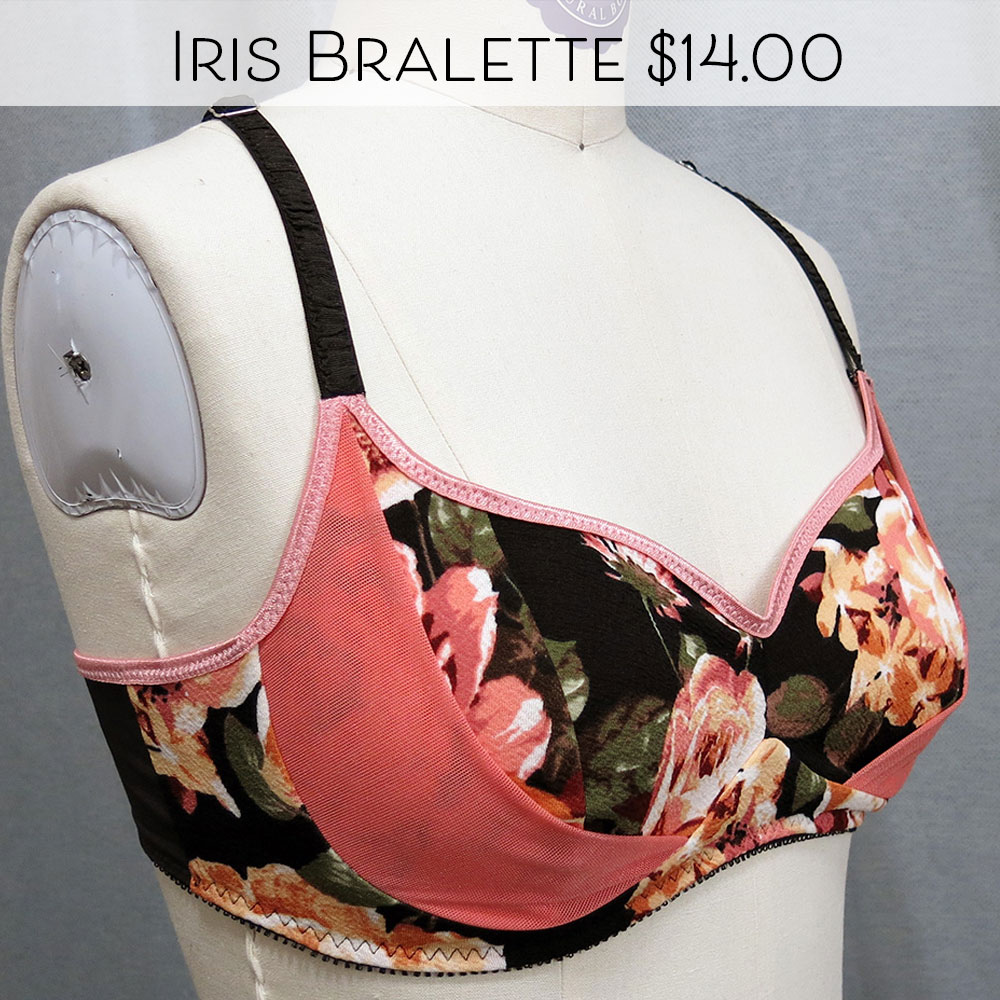
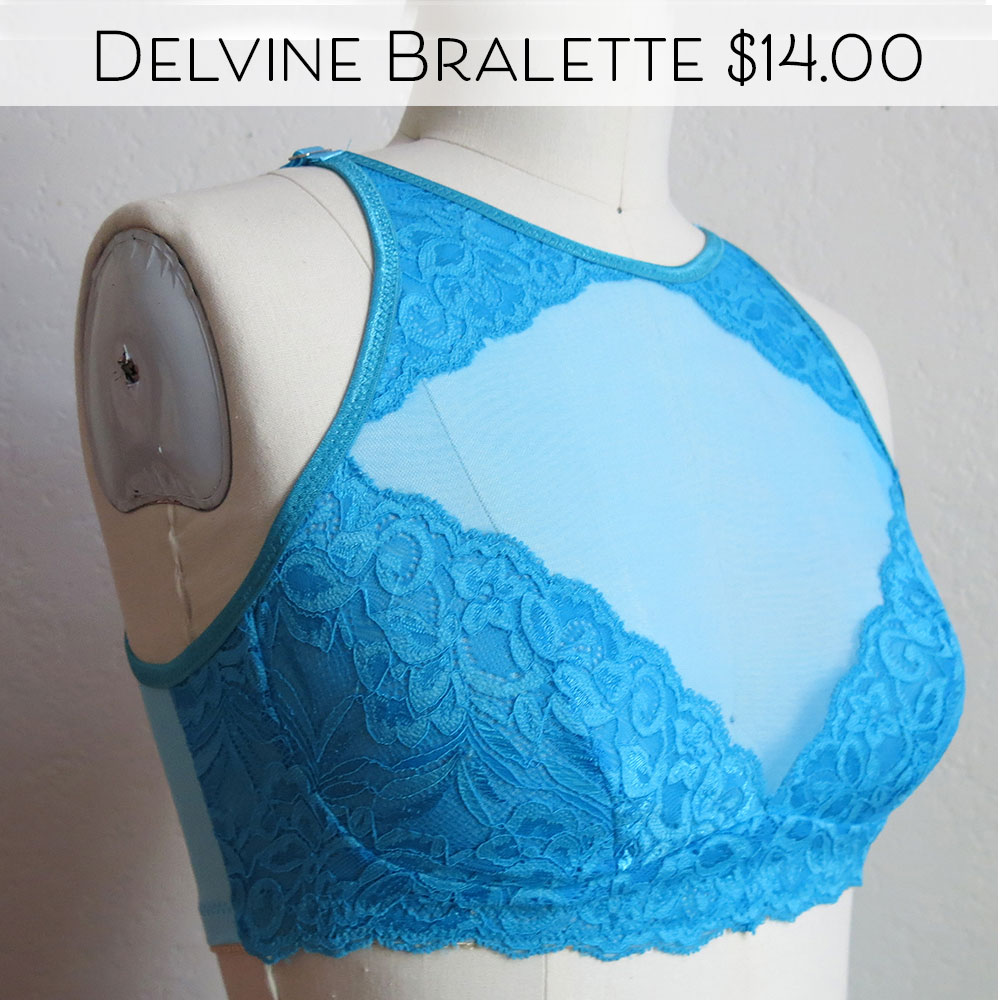
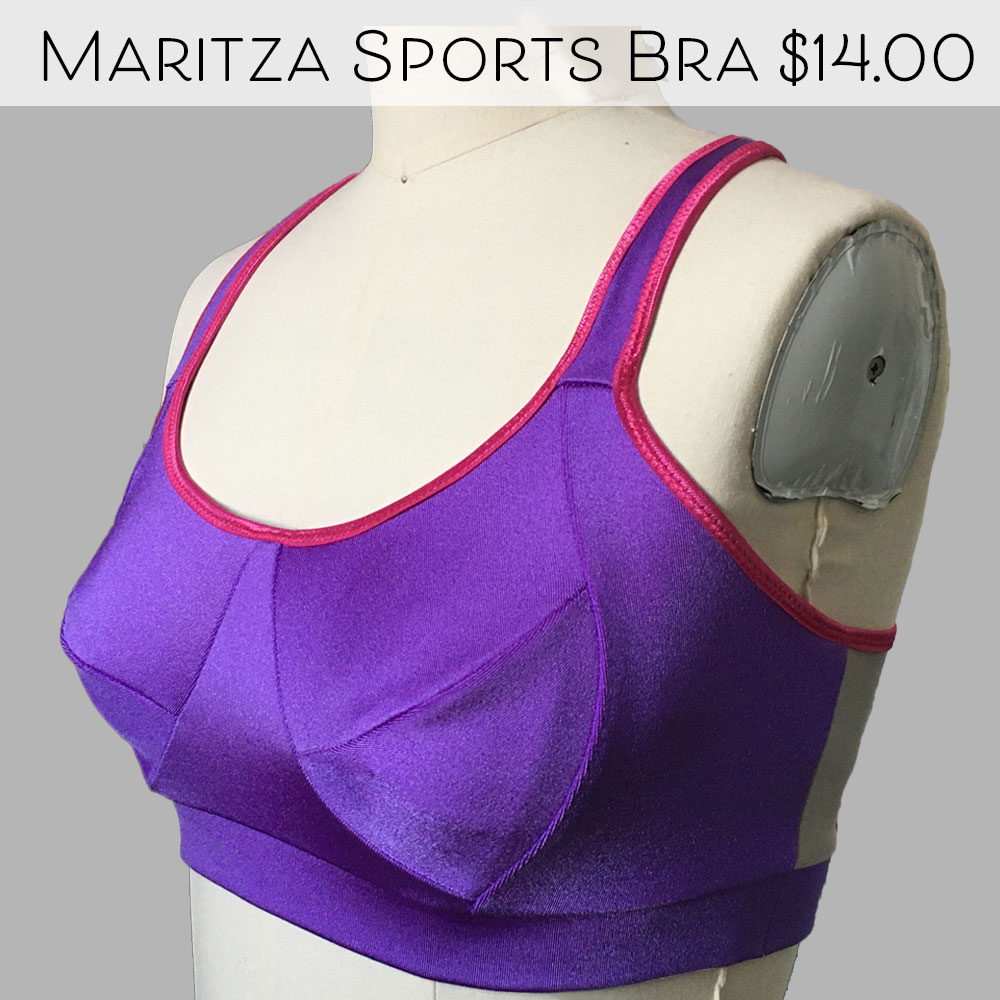
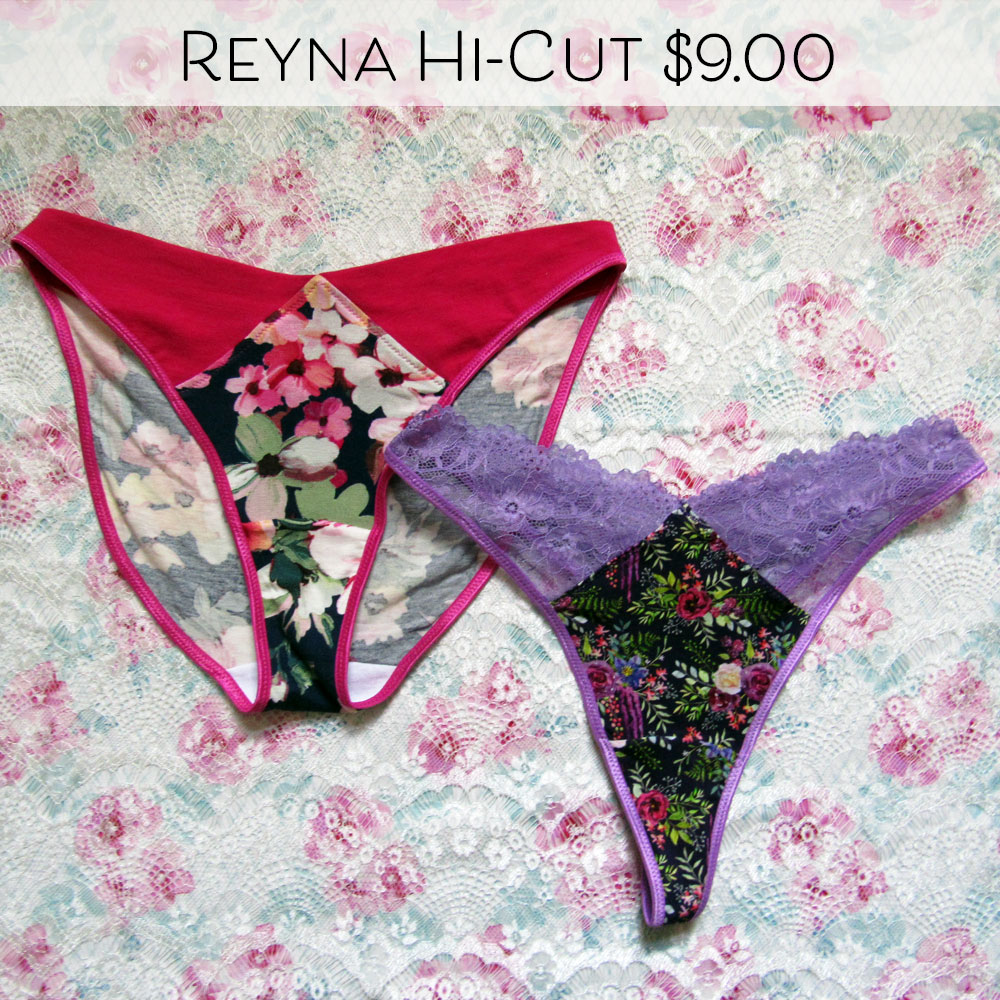
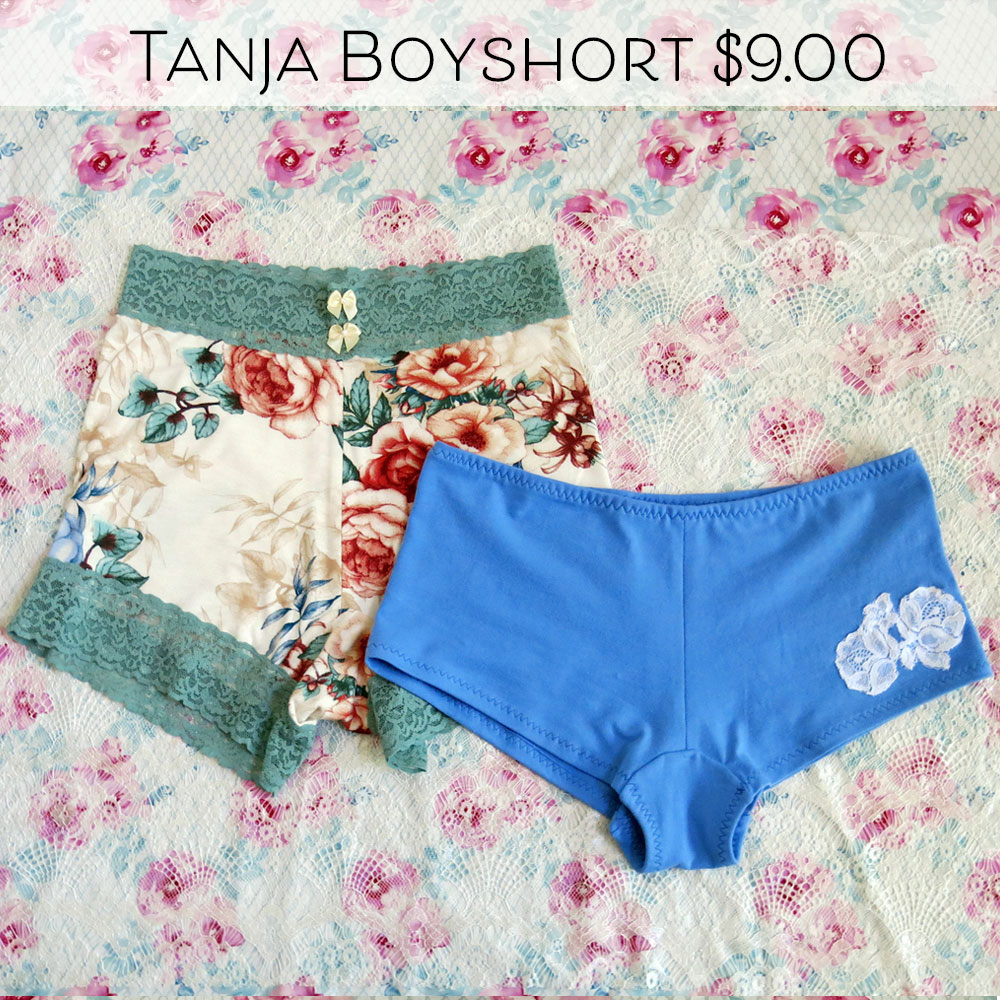
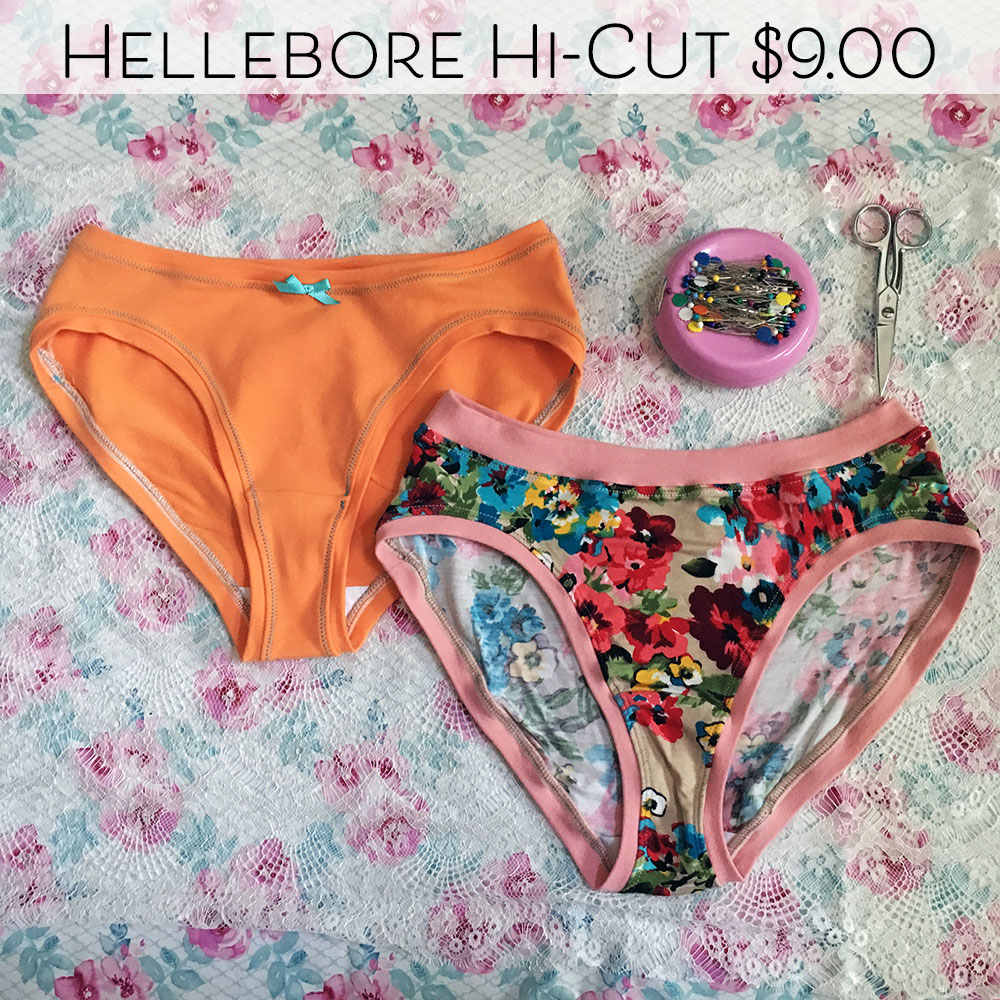
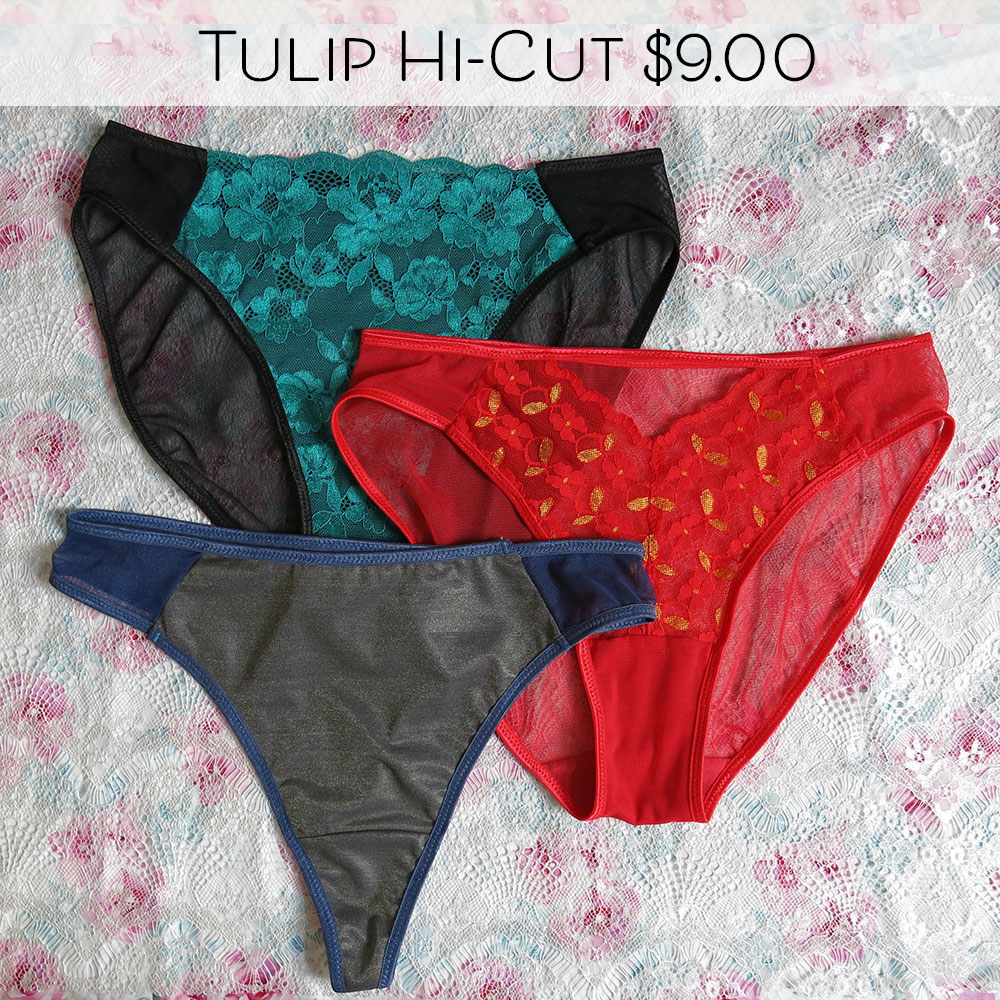
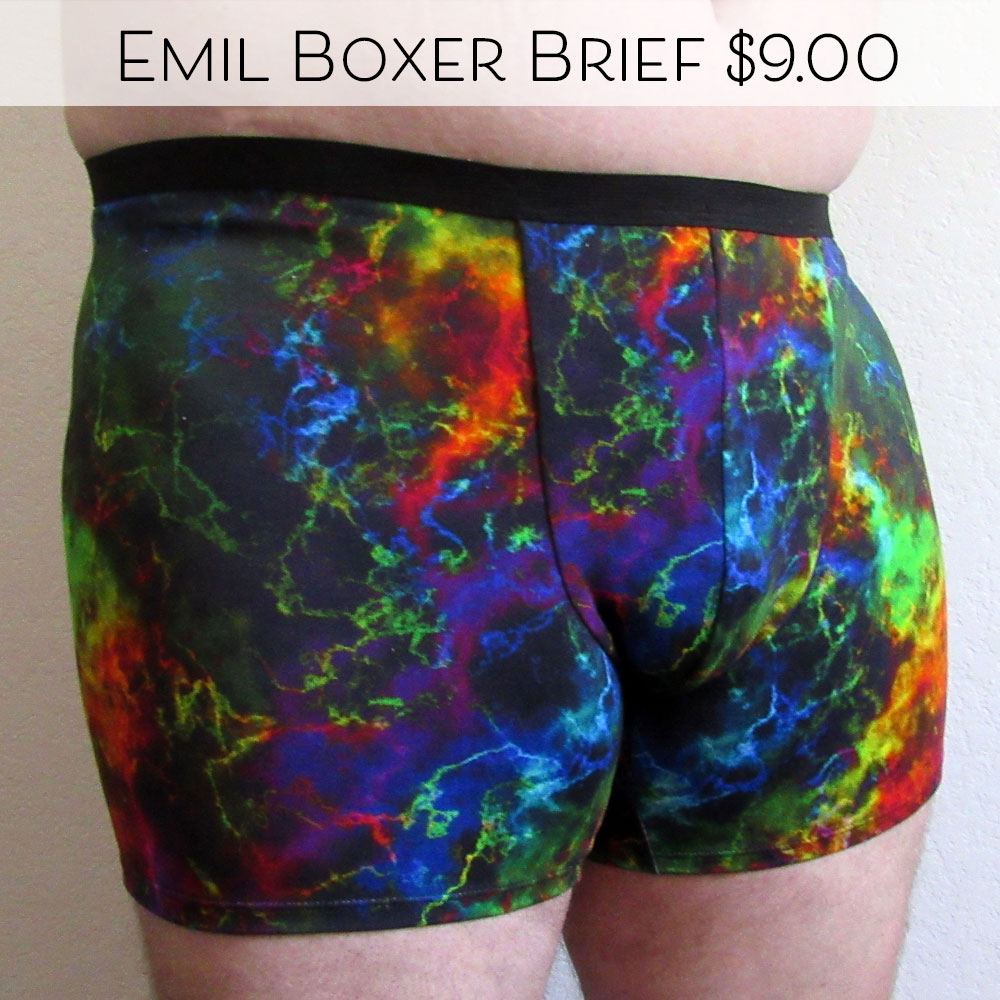
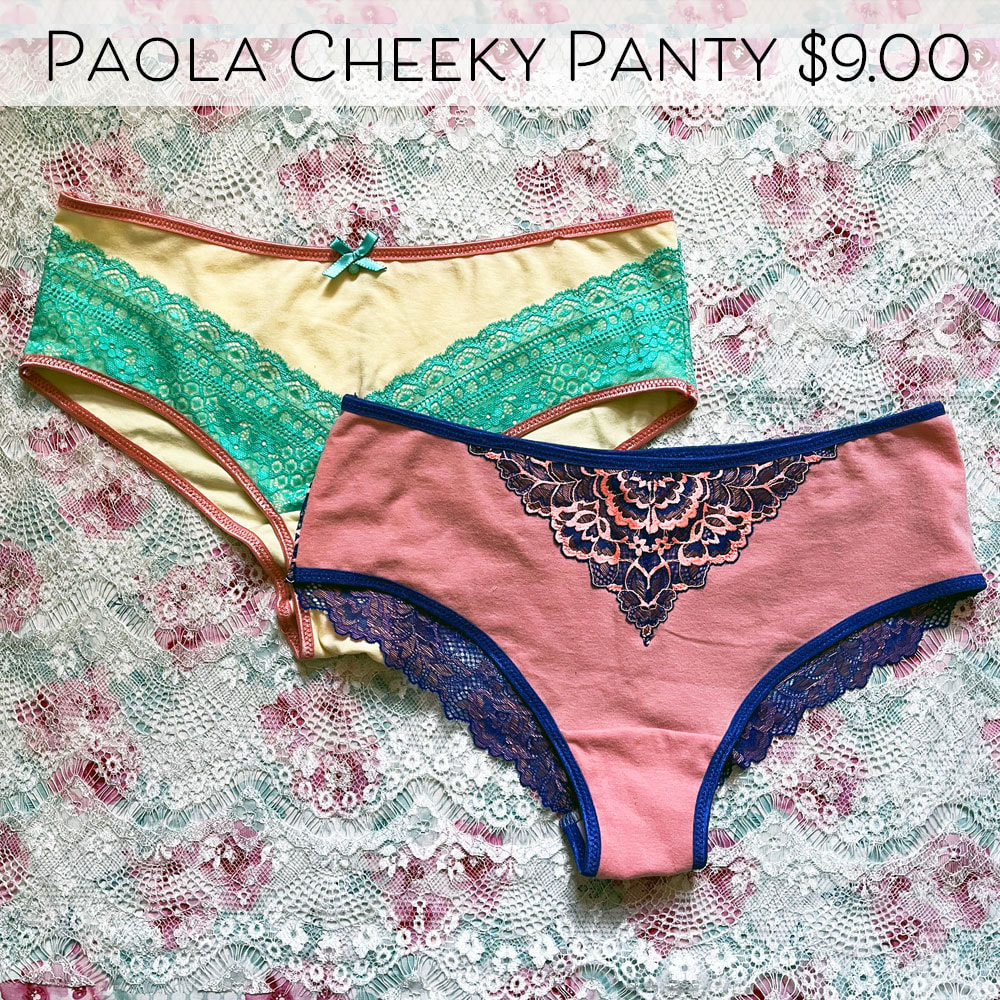
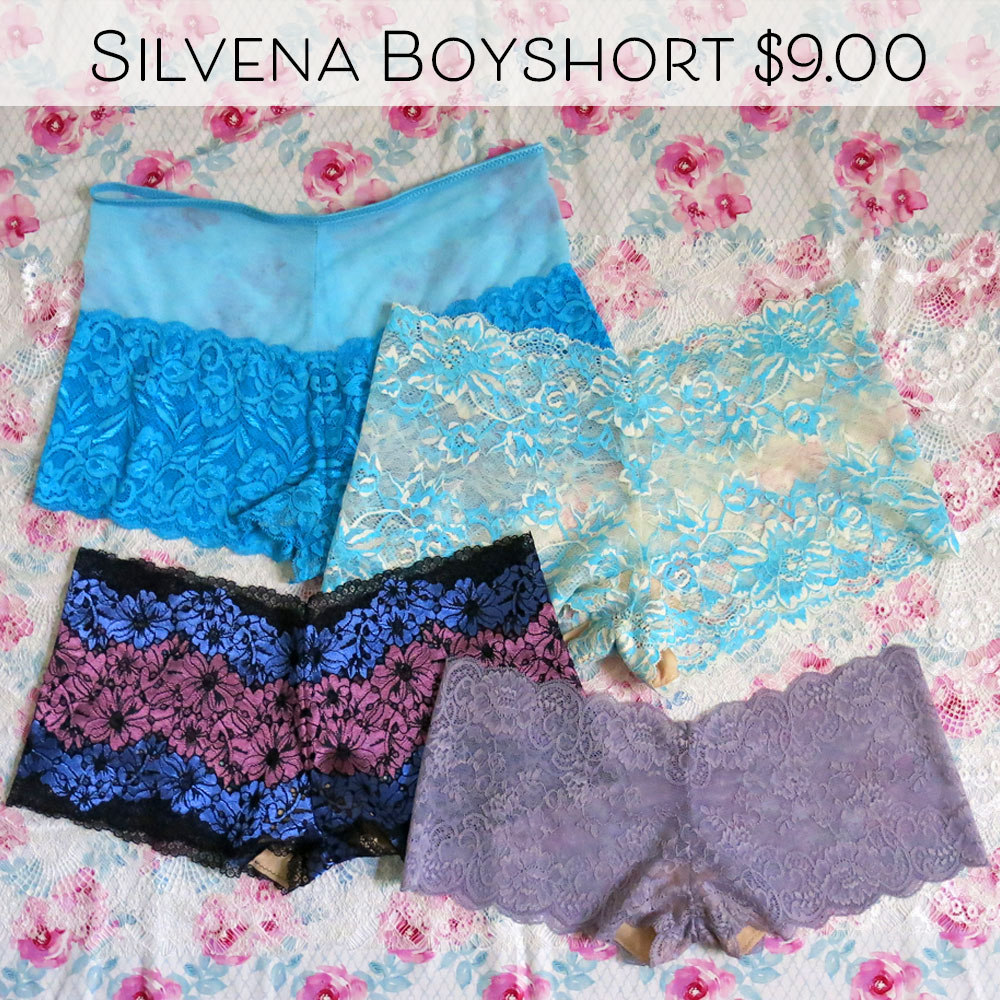
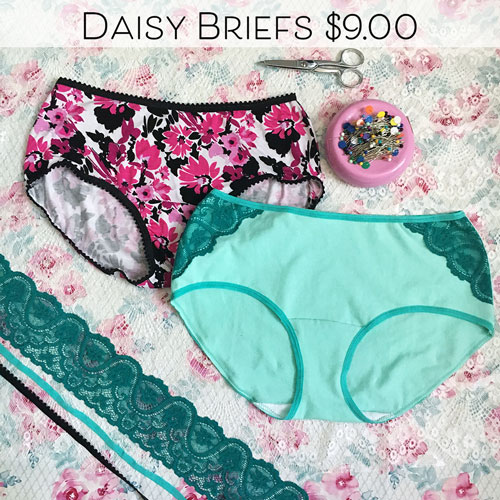

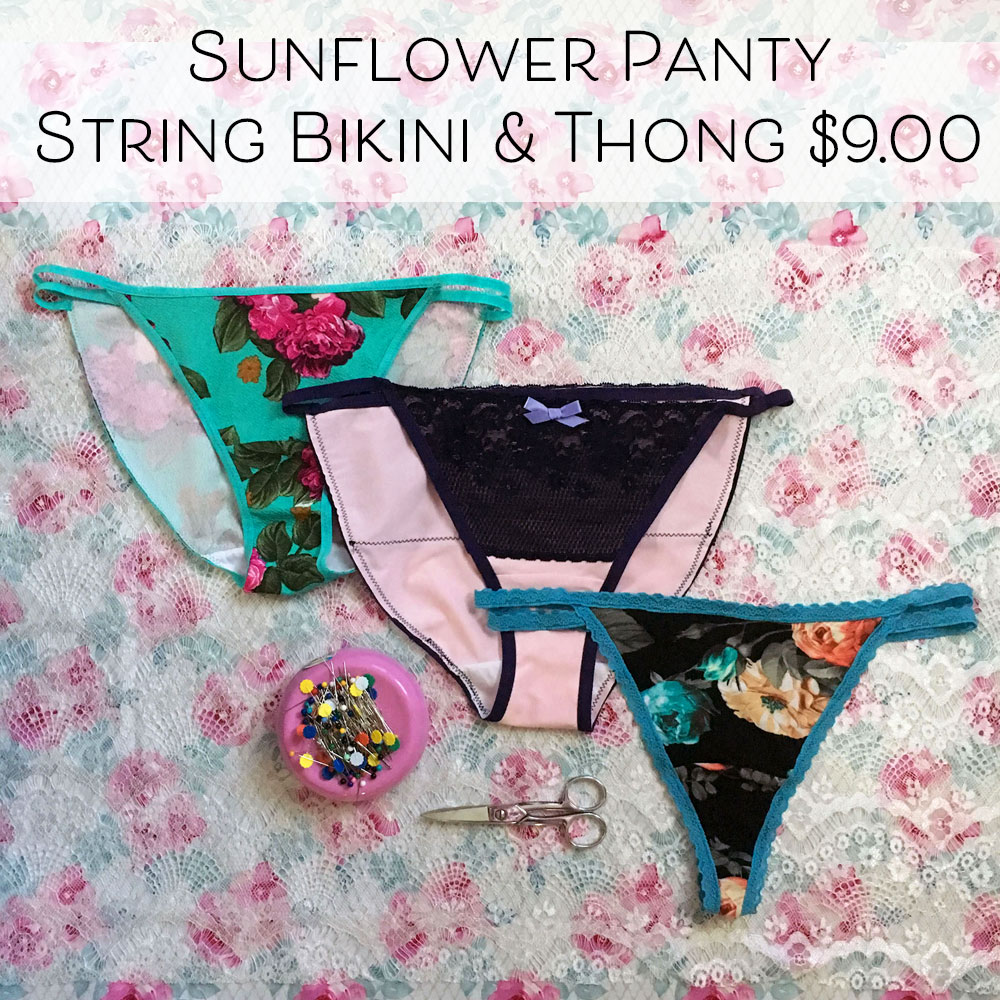
 RSS Feed
RSS Feed